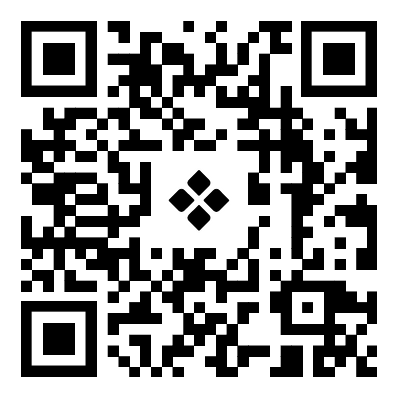Some things you should know about lithographic book printing
2023-10-17
In lithographic book printing, the printing plate's images and plain areas are on the same plane. The non-printed portion absorbs water when the water roller passes, and the printed part is kept oily thanks to the reciprocal repulsiveness of oil and water. The oily print is tainted with ink when the ink roller passes over the layout, while the area that is not printed collects water and is not stained with ink.
Lithographic book printing is the primary technique used in contemporary color printing and has a broad variety of uses. Large-scale printing projects like banners, packaging, photo albums, pamphlets, periodicals, and calendars are frequently printed using this technique. The printing procedure uses the indirect method, also known as offset printing. Specifically, the image is first printed on the blanket cylinder, where it is reversed from positive to negative, and then transferred to the paper surface, where it is changed back to positive.
Making plates for lithographic book printing is straightforward, inexpensive, quick and precise when registering colors, smooth in tone, rich in layers, and even in ink absorption. It is appropriate for large-scale printing, particularly when publishing images. Since the coloring is not as dense as letterpress printing and the colors are not vivid enough, it is particularly well suited for the printing of records, books, samples, packaging, etc.


